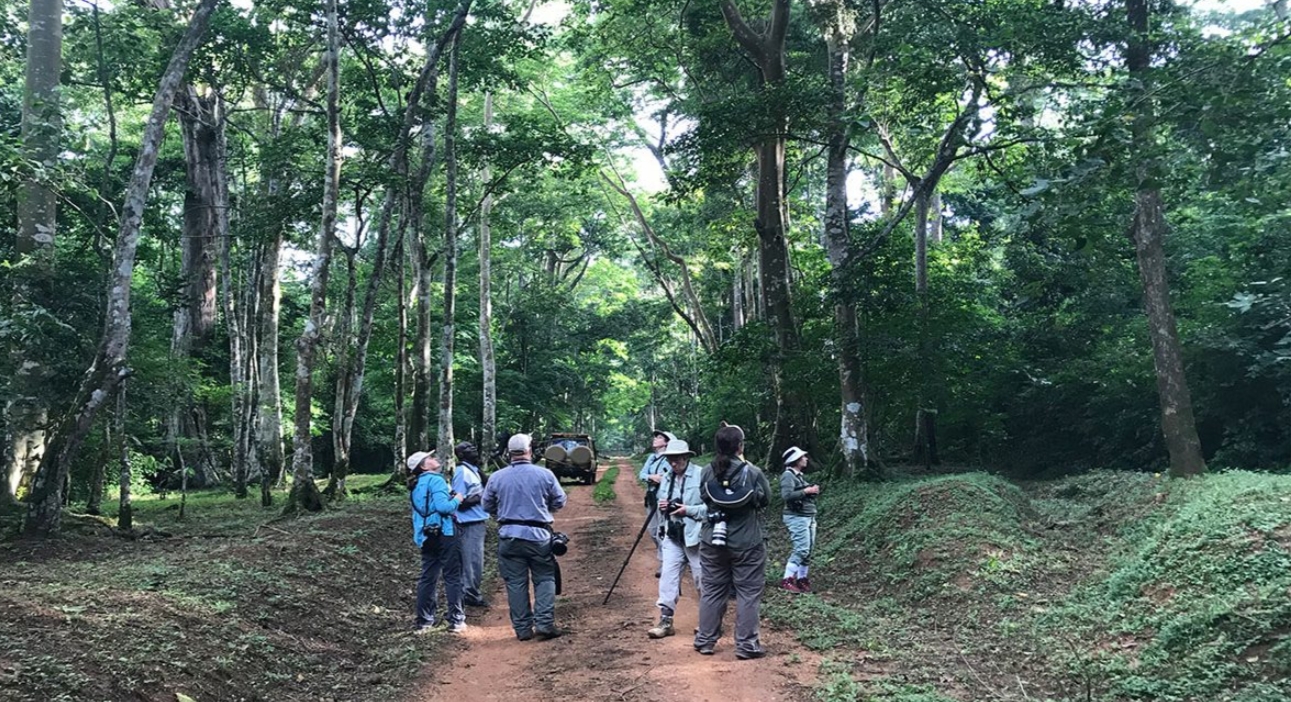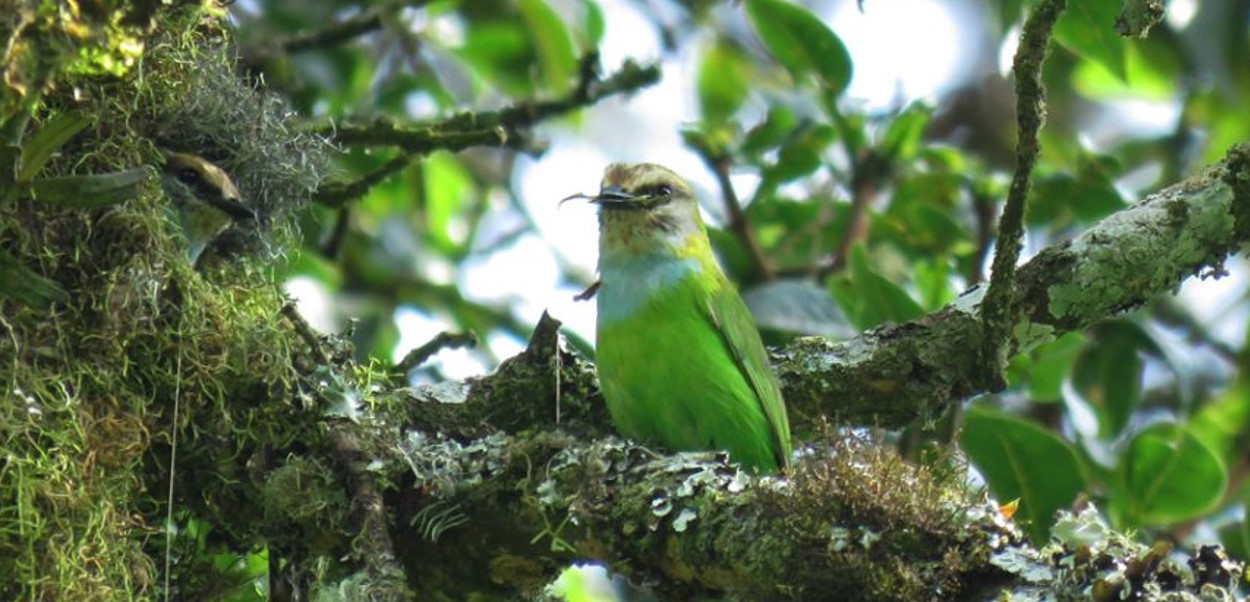
Birding in Protected Areas versus Community Reserves in Uganda
Birding in Protected Areas versus Community Reserves in Uganda: Imagine stepping onto a quiet morning trail in Uganda, the air cool and scented with eucalyptus and damp earth. A sunbird darts past a splash of red and teal, and your guide whispers, “Listen for the dawn chorus.” Uganda isn’t just a place to tick species; it’s a conversation with the land, the people who protect it, and the birds that call this corner of Africa home.
In Uganda, two big stages shape your birding journey: protected areas (national parks and wildlife reserves managed by the government) and community reserves (lands cared for by local communities with support from NGOs and government programs). Each has its own rhythm, its own charm, and its own way of helping you fall in love with birds.
A quick snapshot of what to expect (Birding in Protected Areas versus Community Reserves in Uganda)
- Protected areas (PAs): Think well-marked trails, ranger presence, and a reliable flow of wildlife encounters. They’re fantastic if you want a solid day of birding with the comfort of established services and clear logistics.
- Community reserves (CRs): Think intimate, slower-paced, and deeply rooted in local life. You’ll often meet guides who are also neighbours, hear about conservation from the people who live with it every day, and know your travel dollars are directly supporting communities.
Why birding here feels special (Birding in Protected Areas versus Community Reserves in Uganda)
- It’s a crossroads of habitats: forests, wetlands, savannas, and highland woodlands sit within a few hours of each other. Your mornings might start with forest birds in Bwindi, followed by riverine species along the Nile in Murchison Falls.
- A meaningful sense of discovery: While you’ll meet familiar families and orders, you’ll also catch Albertine Rift endemics and montane forest specialities that feel like private whispered secrets.
- Warm, human hospitality: guides who share stories about local life, cooks who braai (grill) after a long day, and communities excited to welcome visitors who respect their land.
Stories you might hear on the trail (Birding in Protected Areas versus Community Reserves in Uganda)
- In Bwindi, a guide might point to a tiny green eye peering from moss and say, “That’s our Green Broadbill—rare and shy. If we are patient, it might hop into the light for just a moment.” It’s not just about sighting; it’s about the shared anticipation.
- Along the shores of Lake Victoria at Mabamba Swamp, a fisherman tells you how the Shoebill has become a living symbol of patience in the wetlands—its silhouette a reminder to slow down and observe.

Practical tips when Birding in Protected Areas versus Community Reserves in Uganda
Before you go
- Meet your guide before the trip: A quick chat about your interests, pace, and preferred comfort level helps tailor days to you. Do you chase big bird species and good photo opportunities, or do you love quieter, intimate encounters with small forest birds?
- Pack with comfort in mind: Layered clothing for cool mornings and warm afternoons, sturdy walking shoes, a lightweight rain jacket, sunscreen, insect repellent, a reusable water bottle, and a small notebook or a birding app for notes and memories.
- Respect and reciprocity: In CRs, you’ll often be welcomed into a community with stories and sometimes a meal. Bring a smile, be open to listening, and consider contributing through a modest guide fee or a small donation to a local conservation project.
In the parks (PAs)
- Trails and trailside etiquette: Stay on marked paths, don’t harass birds, and keep noise down to hear the birds’ songs. Elders and rangers appreciate visitors who treat the land with care.
- Itineraries that feel human: A PA day can start with a dawn walk, a mid-morning siesta under a tree, and an afternoon river view with a different set of birds. It’s a rhythm you can enjoy at a gentle, human pace.
- Safety and downtime: Wildlife is thrilling but unpredictable. Allow yourself time to rest, hydrate, and swap stories with your guide about local life and other animals you’ve seen.
In community reserves (CRs)
- The gift of local knowledge: Guides in CRs often share cultural context—how communities protect wetlands, how land stewardship has shaped daily life, and the stories behind bird names in local languages.
- A slower pace, richer conversations: you might spend longer with a single forest-edge bird, letting you observe behaviour and songs. You’ll likely walk shorter distances but with more time for observation and questions.
- Direct conservation impact: Your visit can fund community projects, park improvements, and local schools. Ask your guide what a portion of fees supports—the connection to your birding experience can feel personal and meaningful.
Sample heart-centered itinerary ideas about Birding in Protected Areas versus Community Reserves in Uganda
Option A: Western arc with Bwindi and local life
- Days 1–2: Arrive in Entebbe, travel to Kisoro or Kabale. Gentle arrivals with a sunset chorus and a welcome chat with a local guide.
- Days 3–4: Bwindi Impenetrable National Park (Ruhija or Buhoma). Forest birds, early starts, and optional gorilla-trekking add-ons if you’re keen.
- Day 5: High-elevation birds around Mgahinga’s montane zones. Share a coffee with a local guide who tells you about the landscape’s history.
- Days 6–7: Community reserve visits around the corridor; learn about local conservation projects and perhaps contribute to a community-led activity.
- Days 8–10: Return via a scenic route, with a final morning bird walk by a lake or village market, and departure.
Option B: Northern wetlands with connection to people
- Days 1–2: Fly into Entebbe and head to Murchison Falls. Boat ride at dawn for waterbirds; the soundscape is magical.
- Days 3–4: Murchison Falls and riverine birds; a quiet afternoon with a fisherman who shares tales of the Nile.
- Days 5–6: Semliki and adjacent CRs; forest-edge birds and wetland specialities while a local guide explains traditional land use.
- Days 7–9: Community reserve visits; stay in a community guesthouse, share a meal, and swap photos and stories with locals.
- Day 10: Return to Entebbe and your departure with a memory card full of colours and sounds.
How to book in a human, ethical way (Birding in Protected Areas versus Community Reserves in Uganda)
- Ask about the people behind the birding: Who benefits from your visit? Are guides paid fairly? Do fees support local schools or conservation projects?
- Choose responsible operators: Look for guides and lodges with transparent practices, good reviews from fellow travellers, and clear statements about conservation commitments.
- Plan with flexibility: Travel in a way that respects local life. If a community has a festival or a market day, consider if your schedule can weave in those experiences respectfully.
What you’ll likely see (a warm starter list) when Birding in Protected Areas versus Community Reserves in Uganda
- Forest jewels: Green African Broadbill, Purple-breasted Sunbird, and small forest birds that flash in the undergrowth.
- Wetland wonders: the Shoebill (seasonally patient, iconic), African Skimmer skimming reed beds, and kingfishers that seem to paint the air with colour.
- Savannah and edge habitats: Martial Eagle gliding above acacia, Lilac-breasted Roller alarms, and a chorus of weavers and sunbirds in the early morning light.

A few soulful reminders (Birding in Protected Areas versus Community Reserves in Uganda)
- Your presence matters: By supporting local guides and CRs, you’re helping families sustain their land and protect birds for generations.
- Patience and listening: Some of the best birding moments come when you pause, listen, and let the forest or wetlands reveal their rhythms.
- Leave-no-trace, with a smile: carry out what you bring in, say thank you to the people you meet, and share your photos and stories with them—it’s a two-way gift.
In conclusion, birding in Uganda isn’t just about ticking birds off a list. It’s about waking up with the world still soft from sleep, stepping onto a trail, and letting the day unfold with sound, colour, and story. Whether you wander through protected areas with dependable trails and attentive rangers, or you slip into community reserves where local guides share their lived experience and a direct stake in conservation, you’ll take away more than species names. You’ll leave with memories that feel earned: the hopeful first chorus of dawn, the shy glint of a forest bird lighting up the understory, the scent of coffee and shared meals after a long day, and the knowledge that your visit is helping people protect the land they love.
If you’re torn between a protected areas-forward route and a community-led path (Birding in Protected Areas versus Community Reserves in Uganda), know this: both paths honour Uganda’s birds and invite you to be a considerate guest in a living mosaic of habitats and cultures. With a bit of patience, a generous appetite for learning, and a respectful spirit, you won’t just observe Uganda’s avian wonders—you’ll become part of their ongoing story.
Safe travels, may your binoculars catch the light in every sunrise, and may your heart find a moment of quiet in the birds’ chorus.
